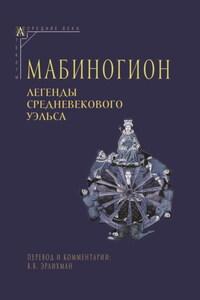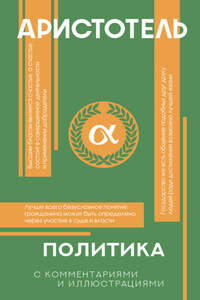A LARGE part of the following biography relates to a period of American history as yet unwritten, and is intended to supply historians with material which, except in such a form, would be little likely to see the light. The principal private source from which the author has drawn his information is of course the rich collection of papers which Albert Gallatin left behind him in the hands of his only now surviving son and literary executor, under whose direction these volumes are published. By the liberality and courtesy of Mr. Evarts, Secretary of State, and the active assistance of the admirable organization of the State Department, much material in the government archives at Washington has been made accessible, without which the story must have been little more than a fragment. The interesting series of letters addressed to Joseph H. Nicholson are drawn from the Nicholson MSS., which Judge Alexander B. Hagner kindly placed in the author’s hands at a moment when he had abandoned the hope of tracing them. For other valuable papers and information he is indebted to Miss Sarah N. Randolph, of Edgehill, the representative of Mr. Jefferson, the Nicholases, and the Randolphs. The persevering inquiries of Mr. William Wirt Henry, of Richmond, have resulted in filling some serious gaps in the narrative, and the antiquarian research of Mr. James Veech, of Pittsburg, has been freely put at the author’s service. Finally, he has to recognize the unfailing generosity with which his numerous and troublesome demands have been met by one whose path it is his utmost hope in some slight degree to have smoothed, – his friendly adviser, George Bancroft.
Washington, May, 1879.
Jean De Gallatin, who, at the outbreak of the French revolution, was second in command of the regiment of Châteauvieux in the service of Louis XVI., and a devout believer in the antiquity of his family, maintained that the Gallatins were descended from A. Atilius Callatinus, consul in the years of Rome 494 and 498; in support of this article of faith he fought a duel with the Baron de Pappenheim, on horseback, with sabres, and, as a consequence, ever afterwards carried a sabre-cut across his face. His theory, even if held to be unshaken by the event of this wager of battle, is unlikely ever to become one of the demonstrable facts of genealogy, since a not unimportant gap of about fifteen hundred years elapsed between the last consulship of the Roman Gallatin and the earliest trace of the modern family, found in a receipt signed by the Abbess of Bellacomba for “quindecim libras Viennenses” bequeathed to her convent by “Dominus Fulcherius Gallatini, Miles,” in the year 1258. Faulcher Gallatini left no other trace of his existence; but some sixty years later, in 1319, a certain Guillaume Gallatini, Chevalier, with his son Humbert Gallatini, Damoiseau, figured dimly in legal documents, and Humbert’s grandson, Henri Gallatini, Seigneur de Granges, married Agnes de Lenthenay, whose will, dated 1397, creating her son Jean Gallatini her heir, fixes the local origin of the future Genevan family. Granges was an estate in Bugey, in the province of which Bellay was the capital, then a part of Savoy, but long since absorbed in France, and now embraced in the Département de l’Ain. It lay near the Rhone, some thirty or forty miles below Geneva, and about the same distance above Lyons. This Jean Gallatini, Seigneur de Granges and of many other manors, was an equerry of the Duke of Savoy, and a man of importance in his neighborhood. He too had a son Jean, who was also an equerry of the Duke of Savoy, and a man of gravity, conscientious in his opinions and serious in his acts. Not only Duke Philibert but even Pope Leo X. held him in esteem; the Duke made him his secretary with the title of Vice Comes, and the Pope clothed him with the dignity of Apostolic Judge, with the power to create one hundred and fifty notaries and public judges, and with the further somewhat invidious privilege of legitimatizing an equal number of bastards. Notwithstanding this mark of apostolic favor conferred on the “venerabilis vir dominus Johannes Gallatinus, civis Gebennensis” by a formal act dated at Salerno in 1522, Jean Gallatin was not an obedient son of the Church. For reasons no longer to be ascertained, he had in 1510 quitted his seigniories and his services in Savoy and caused himself to be enrolled as a citizen of Geneva. The significance of this act rests in the fact that the moment he chose for the change was that which immediately preceded the great revolution in Genevan history when the city tore itself away not only from Savoy but from the Church. Jean Gallatin was a man of too much consequence not to be welcomed at Geneva. He linked his fortunes with hers, became a member of the Council, and joined in the decree which, in 1535, deposed the Prince Bishop and abrogated the power of the Pope. He died in 1536, the year Calvin came to Geneva, and the Gallatins were so far among the close allies of the great reformer that a considerable number of his letters to them were still preserved by the family until stolen or destroyed by some of the wilder reformers who accompanied the revolutionary armies of France in 1794.








